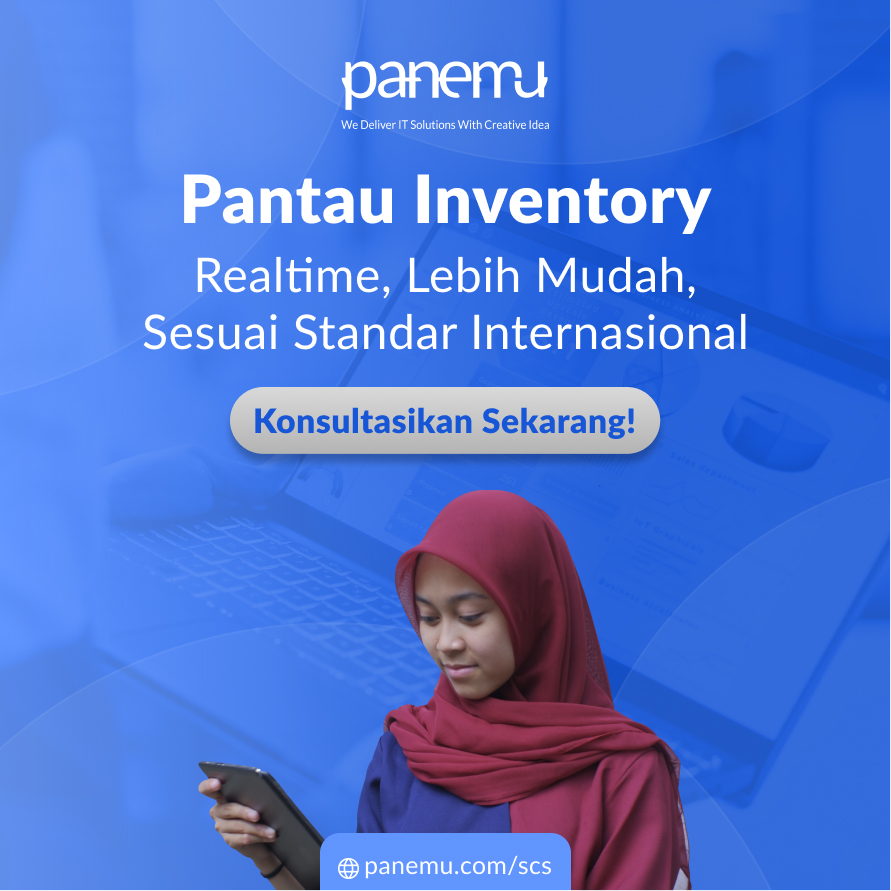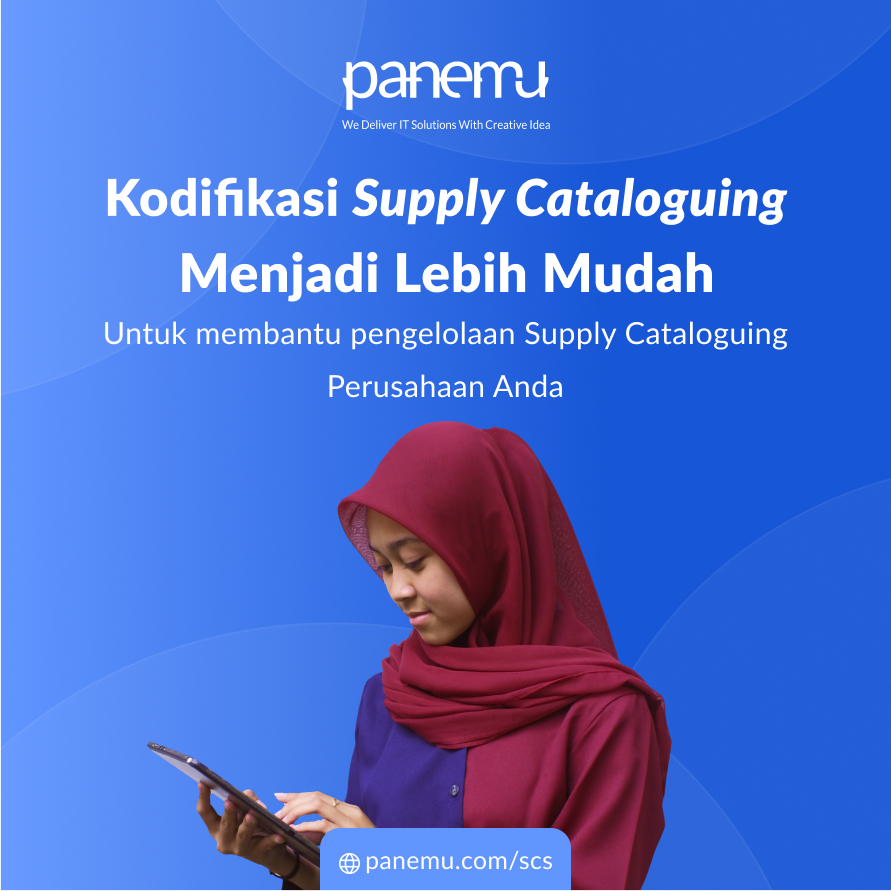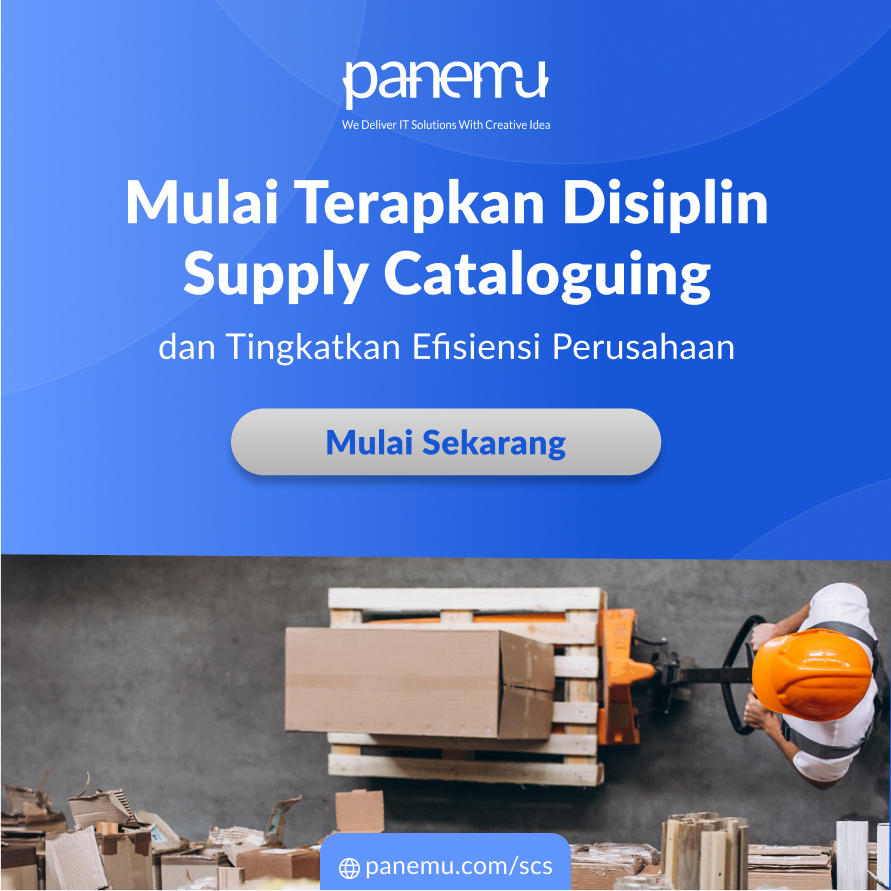In industrial operations, data is the language that keeps machinery running, supplies flowing, and teams aligned. Yet, when a system lists an item simply as “Gasket” or “Bolt,” the conversation is incomplete—open to interpretation, prone to mistakes, and dangerous for efficiency. The true clarity emerges when the Material Description steps in, not as filler text, but as a precise, structured narrative that captures exactly what a material is.
In Maintenance, Repair, and Operations (MRO) cataloguing, Material Description is more than a label—it’s the refined articulation that transforms a vague entry into an actionable data point. It combines brevity and completeness, ensuring that every reader, whether on the shop floor or in procurement, can understand the nature of the item without ambiguity.
Material Description at Its Core
At its most essential, Material Description is the written representation of an item’s identity, capturing defining characteristics in a concise but unambiguous manner. Unlike a casual note, it is purpose-built for industrial communication—clear enough for a human reader, structured enough for a database.
A strong Material Description answers:
- What is the item?
- What are its defining attributes?
- How does it differ from similar items?
It is not the place for excessive storytelling, but for distilled facts that bring precision.
Example:
- Weak: Valve
- Strong: Valve, Gate, Cast Iron, 4-inch, Flanged Ends, ASME Class 150
The Role of Material Description in the MRO Data Structure
Material Description does not work in isolation—it sits within a layered ecosystem of fields:
- Item Name – The generic label (Valve, Gate)
- Material Description – Expanded, structured detail (Valve, Gate, Cast Iron, 4-inch, Flanged Ends, ASME Class 150)
- Long Description – Full technical detail, often including performance specs and manufacturer.
The Material Description bridges the gap between minimal identity and complete technical detail, enabling users to distinguish between catalogued items without drowning in data.
Principles of Crafting Effective Material Descriptions
A professional Material Description is the product of both linguistic discipline and technical accuracy.
Core principles include:
- Attribute Order Consistency
- Maintain a fixed sequence of attributes for each category (e.g., Type → Material → Size → Connection → Standard).
- Functional effect: Improves search sorting and quick recognition.
- Standardize terminology—choose “Stainless Steel” over alternating “SS” and “St. Steel.”
- Functional effect: Ensures compatibility with automated search filters.
- Only include attributes that define the item, omitting redundant data found in other fields.
- Functional effect: Keeps entries readable and avoids data bloat.
- Reserve manufacturer and model numbers for dedicated fields unless category-specific.
- Functional effect: Makes descriptions supplier-independent for sourcing flexibility.
- Always specify units for size, capacity, or performance where applicable.
Functional Use Case:
A food processing plant adopted a standardized attribute order for all Material Descriptions. This not only reduced duplicate entries by 22% but also cut average search time in the ERP system by more than half.
Common Pitfalls in Material Description Management
Many catalogues suffer from inconsistencies that weaken the power of Material Descriptions.
Typical errors include:
- Mixing Languages – Combining English terms with local language in a single description.
- Unnecessary Abbreviations – “MxFl” for “Male x Female” may be clear to some, opaque to others.
- Attribute Overload – Listing every possible detail instead of focusing on defining attributes.
- Inconsistent Formatting – Switching between commas, slashes, and dashes without rules.
Functional Use Case:
A mining operation had multiple entries for the same hose, described variously as “Hose-Rubber-2in” and “Rubber Hose 2 inch Flanged.” Standardizing the format eliminated redundancy and clarified ordering.
Material Description as a Search and Procurement Tool
When structured well, Material Descriptions do more than identify—they accelerate operations:
- Search Efficiency – Clear, consistent formats mean that even free-text searches yield relevant results.
- Procurement Accuracy – Buyers can place orders without requesting additional clarification from engineers.
- Inventory Control – Similar items are correctly grouped, reducing overstock and stockouts.
In many ERP and CMMS systems, Material Description is the most frequently referenced field in day-to-day use, making its quality directly proportional to operational smoothness.
Governance and Continuous Improvement
Material Description quality depends on governance—without it, even the cleanest catalogue will decay into inconsistency.
Governance essentials:
- Creation Guidelines: A documented template for description format per category.
- Approval Workflow: Every new description reviewed by a data steward.
- Periodic Cleansing: Review and reformat legacy data to meet current standards.
- Training: Cataloguers must understand technical terms and their sequence.
Functional Use Case:
An oilfield services company scheduled semi-annual “description audits” where data stewards corrected entries that drifted from the approved format. This kept their catalogue compliant with both internal and client-facing standards.
Material Description and Global Standards
For multinational operations, aligning Material Descriptions with recognized taxonomies (UNSPSC, eCl@ss, ISO 8000) ensures:
- Cross-border compatibility in procurement.
- Easier supplier integration.
- More accurate spend classification.
A Material Description built on standardized terminology serves not only as an internal tool but also as a global trade language for industrial materials.
In MRO cataloguing, Material Description is where technical truth meets operational clarity. It is the voice of the catalogue—short, precise, and universally understood across departments and disciplines. Poor descriptions breed confusion, delay, and cost; strong descriptions drive speed, accuracy, and trust in the system.
For organizations aiming to elevate their catalogue clarity, Panemu’s Cataloguing Service brings methodical precision to Material Description creation, ensuring every entry is both technically correct and operationally useful. With the SCS Key Feature, Panemu offers governance tools that keep descriptions consistent and aligned with evolving standards. Discover how clear descriptions can unlock industrial efficiency at panemu.com/cataloguing-service and panemu.com/scs-key-feature.


